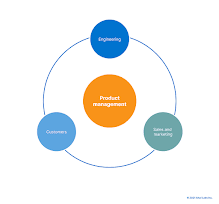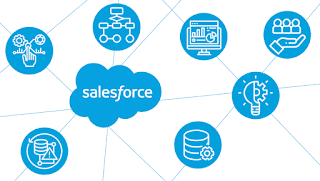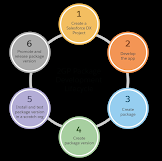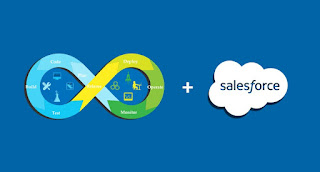Salesforce DevOps? Complete Guide and Lifecycle
.jpg)
Salesforce DevOps is a methodology that combines development and operations practices to streamline and enhance the delivery of Salesforce applications. It aims to bridge the gap between development and IT operations, fostering collaboration and accelerating the release of high-quality software. - Salesforce DevOps Online Training Institute Key Components of Salesforce DevOps Version Control: Implementing a robust version control system, such as Git, allows teams to track changes, collaborate seamlessly, and roll back modifications if necessary. This ensures code integrity and promotes collaboration among developers. Continuous Integration (CI): CI involves automatically merging code changes from multiple developers into a shared repository. Tools like Jenkins or Salesforce DX automate the integration process, reducing the risk of errors and conflicts during development. - Salesforce DevOps Training in Hyderabad Automated Testing : Salesforce DevOps relies on automated test










